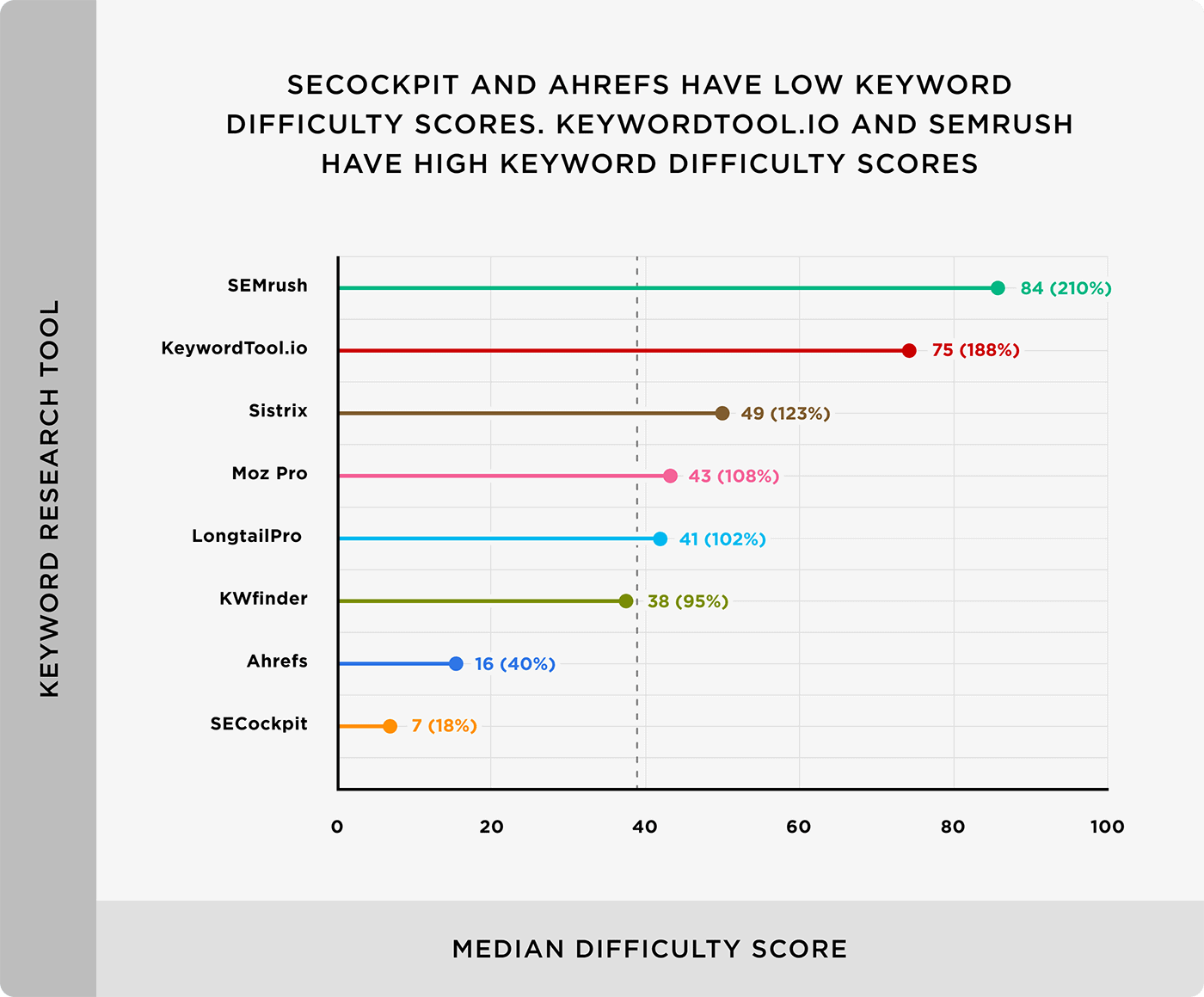Protect Your Hands
Muay Thai Gloves
Arguably the most important gear. There are plenty to choose from, so what's right for you?
Everything You Need To Know About Muay Thai Gloves
Features to look for, brands, guides, and SHOP (scroll down)!
This section will be controversial as everyone has an opinion on Muay Thai gloves and there are plenty of brands to choose from.
Please, keep in mind my goal is to make sure you are purchasing the right gloves for you.
NOT hype, not to make me money, not for any reason other than to be a guide for you.
How to Choose Muay Thai Gloves
This article will guide you through choosing the suitable Muay Thai gloves that meet your needs.
Understand the Different Types of Muay Thai Gloves
Before choosing Muay Thai gloves, it is essential to understand the different types available. There are three primary types: training gloves, sparring gloves, and competition gloves. Training gloves are typically used during practice sessions, while sparring gloves are for training sessions where fighters engage in controlled contact with their opponents. Competition gloves are worn during actual fights and are the smallest of the three types.
Determine the Right Size of Gloves for You
Choosing the right size of gloves is crucial in ensuring they provide the proper protection and support. Sizes typically range from 6 oz to 18 oz. A general rule of thumb is to choose gloves that weigh 10-ounce if you weigh less than 120 lbs, 12-ounce if you weigh between 120 and 150 lbs., 14-ounce if you weigh between 150 and 180 lbs., and 16-ounce if you weigh more than 180 lbs.
However, this is only sometimes true. Most gyms will only let you spar with 16oz. Talk to your coach before purchasing your gloves.
Consider the Type of Padding
Muay Thai gloves come with different types of padding. The most common types are foam and gel padding. Foam padding is often lighter, whereas gel padding provides more protection. Gel padding is ideal for heavy bag training, while foam padding is better for speedbag and shadow boxing training. Remember, these are guides, as padding is a preference.
Look for Durable Materials
Durability is an important factor to consider when choosing Muay Thai gloves. Leather gloves tend to be more durable than synthetic gloves, but they are also more expensive. Synthetic gloves are less costly and still provide adequate protection, but they may not last as long as leather gloves. As synthetic gets more popular, the quality is increasing too. The longevity also depends on your cleaning and care habits!
Check for Proper Ventilation
Proper ventilation prevents the build-up of sweat and odors. Gloves with adequate ventilation will keep your hands dry, comfortable, and free from unpleasant odors. Look for gloves with breathable materials, such as mesh or perforated leather on the palm, if your hands sweat more.
Decide on the Closure System
Muay Thai gloves have different closure systems, including hook and loop, lace-up, and elastic. Hook and loop closures are the most common and offer a secure fit. Lace-up gloves provide a more traditional look but can be time-consuming to put on and take off. Elastic closure systems are easy to use but may not provide as secure of a fit as hook and loop or lace-up.
Consider Your Budget
Muay Thai gloves come at different price points, depending on the type of gloves and the quality of materials used. Therefore, consider your budget first when choosing gloves. While it may be tempting to go for the least expensive option, investing in a high-quality pair of gloves can save you money in the long run by reducing the likelihood of injury and the need to replace gloves frequently.
Thank you for checking out this general guide on choosing Muay Thai gloves. If you are starting out, I wrote a guide on Muay Thai gear for beginners.
Shop
Before you go on Amazon and search "muay thai gloves" please look below. There are gloves on there for $25 and 7k ratings, but they are random brands and I wouldn't trust em. Below are some of my pics in various price ranges. I added little notes to em to based on why I chose them.
I own these and love them. Also, I try not use leather, so personal choice. They have a longer break in time.
Leather version of mine. My coach uses them and they feel just fine when I get hit in the face.
Might be my favorite all arounder right now. Happily get hit by this by my sparring bud regularly.
Cheap, I like the velcro wrist support for beginners. Good beginner gloves or extra if ya want 10oz.
Sanabul is solid overall. I have shorter forearms, so the cuff was big on me, but a sparring partner has no problem.
These were my 2nd gloves. They were big for me, but the quality for $50 was great. Good for bigger hands.
Icy Mike Recommends these. You can check his video here: https://youtu.be/bMSShjI3Hf0
Only listing cause csquaredboxing recommends them for beginners: https://youtu.be/Rhe-REeG2Uo
I wanted to throw an RDX glove on here because they are popular. Cheap, first gloves for a medium hand size.
Yokkao is a high-end brand, and you can't go wrong with them. Funky colors! Channel you inner Saenchai!!!.
Windy is a very respected brand. I have never tried the, but many YT reviewers suggest them.
Jayefo are cheap and popular. I don't like their quality as much as I do Elite but your preference here.
Learn More About Muay Thai Gloves Below

Keyword Difficulty: Assessing Your Chances of Ranking
What Is Keyword Difficulty?
Keyword difficulty is a pivotal metric in the SEO realm, representing the competitiveness of a keyword. In simpler terms, it's an indicator of how hard it would be to rank for a particular keyword on search engine results pages (SERPs).
Importance in SEO: In the grand scheme of SEO, keyword difficulty acts as a compass. It helps strategists and content creators determine which battles are worth fighting. A keyword with high difficulty might bring substantial traffic, but the resources and time required to rank might be immense.
Determining Factors: Several elements come into play when determining keyword difficulty. The backlink profiles of pages currently ranking for the keyword are crucial. A keyword dominated by pages with robust backlink profiles will naturally be more challenging. Additionally, the sheer number of websites vying for the keyword plays a role.
Benefits: Grasping the concept of keyword difficulty can revolutionize your keyword strategy. It aids in resource allocation, ensuring efforts aren't wasted on keywords that are too challenging. Moreover, it can guide content creation, steering it towards topics with a balance of feasibility and traffic potential.
At its core, keyword difficulty is a reflection of the SEO landscape for a specific term or phrase. It's a culmination of various factors, each contributing to the overall competitiveness of the keyword. As we delve deeper, we'll unpack these factors, shedding light on their individual and collective impacts. If you need help, please contact our SEO agency.
Benefits of Knowing Keyword Difficulty
Understanding keyword difficulty is akin to having a roadmap in the ever-evolving world of SEO.
Content Planning & Keyword Research: Knowing the difficulty of keywords can significantly influence content planning. It ensures that the content strategy aligns with keywords that are both relevant and attainable.
Informed Decisions: With insights into keyword difficulty, you can strike a balance between highly competitive keywords and those that are low-hanging fruits. This balance ensures a mix of short-term and long-term gains.
Impact on Organic Traffic and More: A well-informed keyword strategy, influenced by keyword difficulty, can boost organic traffic. Moreover, by targeting the right keywords, websites can enhance visibility, drive engagement, and increase conversions.
"The best way to think about a Difficulty score is as a predictor for the level of challenge an "average" website will have ranking for that keyword." - Moz
What Factors Determine Keyword Difficulty?
Keyword difficulty isn't a monolithic metric. It's shaped by various factors, each with its own weightage and significance. Let's unpack these determinants.
Search Volume
Search volume is the number of searches a particular keyword receives within a specified timeframe.
Importance in SEO & PPC: In both SEO and PPC, search volume acts as a barometer of a keyword's popularity. A high search volume indicates that the keyword resonates with a sizable audience.
Potential Traffic Value: Search volume can be a precursor to potential traffic. By juxtaposing search volume with pageviews in Analytics, one can gauge the potential traffic a keyword can drive.
Head Terms vs. Long-Tail Keywords: While head terms like "shoes" might boast colossal search volumes, they're often saturated with competition. On the flip side, long-tail keywords like "vegan leather running shoes" might have lower search volumes but can be goldmines due to reduced competition.
Competition (SERP)
The SERP landscape for a keyword can be a treasure trove of insights.
Analyzing SERP: To gauge keyword difficulty, one must scrutinize the SERP for the keyword. This involves assessing the authority, content quality, and optimization of the pages currently ranking.
Understanding Competitors: A deep dive into the top-ranking pages can offer insights into their strengths and weaknesses. This can be instrumental in formulating a strategy to outperform them.
Domain Authority
Domain authority is a metric that encapsulates a website's credibility and stature in its niche.
Concept & Importance: Developed by Moz, domain authority is a score between 0 and 100, with higher scores indicating greater authority and trustworthiness. In the context of keyword difficulty, a keyword dominated by high DA sites will naturally be more challenging.
Reputation & Relevance: A high DA indicates that a website is deemed reputable and relevant in its industry. Such sites, backed by quality content and robust backlink profiles, often rank higher, making certain keywords more competitive.
Content Quality and Strategy
In the world of SEO, content is king.
Significance in Keyword Difficulty: High-quality content can be a game-changer. Even for websites without an established backlink profile or high DA, exceptional content can pave the way for decent rankings.
Elements of Quality Content: Quality content isn't just well-written. It's relevant, enriched with effective imagery, bolstered by data points, and supported by reputable links.
Backlink Profile of Competitors
Backlinks, often dubbed the backbone of SEO, play a pivotal role in keyword difficulty.
Importance: Analyzing the backlink profiles of competitors can offer a window into the keyword's competitiveness. A robust backlink profile is often synonymous with high authority.
Evaluating Backlinks: It's not just about the quantity but the quality of backlinks. Backlinks from reputable, high DA sites can significantly bolster a page's chances of ranking.
Ranking Factors for the Targeted Keywords
Search engines employ a myriad of factors to determine rankings.
Concept: Ranking factors are the criteria search engines like Google use to rank pages for specific keywords. These can range from on-page elements like content quality to off-page factors like backlinks.
Understanding & Application: By grasping these factors, one can tailor their strategy to align with what search engines deem important, enhancing the chances of a higher ranking.
How to Measure Keyword Difficulty?
As we venture further, we'll explore the tools and metrics that can offer insights into keyword difficulty, guiding your SEO endeavors.
Different Metrics and SEO Tools Used to Measure Keyword Difficulty
The SEO toolkit is replete with tools that can shed light on keyword difficulty.
Metrics & Tools: Tools like Ahrefs, Semrush, and Ubersuggest offer a plethora of metrics that can help ascertain the competitiveness of a keyword.
Application: These tools not only provide a keyword difficulty score but also offer insights into backlink profiles, search volumes, and more, painting a comprehensive picture of the keyword landscape.
However, metrics can be skewed by different tools. Check out this graph by Backlinko about the difficulty score on each tool for the same keyword. So, use each tool as a guide and understand how they measure difficulty.

Understanding Domain Authority, Page Authority, and Link Equity
These metrics, while distinct, collectively offer insights into a website's stature and credibility.
Concept & Creation: Crafted by SEO software giants, these metrics estimate the strength and credibility of domains and pages. They act as indicators of how search engines might perceive the site.
Significance in Rankings: High domain authority can significantly influence rankings, making certain keywords more competitive.
What Is a Good Keyword Difficulty Score To Target?
The ideal keyword difficulty score isn't set in stone. It varies based on various factors.
Determining the Ideal Score: The perfect score hinges on factors like your site's authority, available resources, and overarching SEO strategy. While newer sites might target lower difficulty scores, established sites can aim higher.
Balancing Act: The key lies in balancing achievable keywords with those that promise substantial traffic. This ensures a mix of quick wins and long-term goals.
Keyword Volume and Intent
Keyword volume and intent can be instrumental in shaping your keyword strategy.
Significance: While volume offers insights into popularity, intent sheds light on the user's purpose. Understanding both can guide keyword selection, ensuring alignment with user needs and business offerings.
Types of Intent: From informational to transactional, understanding the different types of intent can help in tailoring content to match user queries.
How to Find Low-Competition Keywords for SEO
In the vast ocean of keywords, finding low-competition gems can set you leagues apart.
Process: The quest for low-competition keywords demands a blend of keyword difficulty metrics, relevancy checks, and alignment with offerings. But, there are shortcuts with the following tools:
https://ahrefs.com/keyword-difficulty
https://moz.com/tools/keyword-difficulty
https://moz.com/products/pro/seo-toolbarTopic Clusters: Embracing the topic cluster model can be transformative. By creating pillar content targeting broader terms and supplementing it with spin-off pages for niche keywords, one can dominate the SERPs.
Understanding keyword difficulty is more than just a technical exercise; it's a strategic endeavor that can shape the trajectory of your SEO efforts. By delving deep into the factors that determine keyword competitiveness, leveraging the right tools, and aligning your strategy with insights, you can navigate the complex landscape of SEO with confidence. Remember, it's not always about targeting the most popular keywords, but rather finding the right balance between attainability and potential. As you refine your keyword strategy, let the principles of keyword difficulty be your guiding light, ensuring that your content not only reaches the digital shelves but also resonates with your audience. In the ever-evolving world of SEO, staying informed and adaptable is the key, and understanding keyword difficulty is a significant step in that direction. Need help? Our marketing agency is here for you.
Gloves
Possibly the most subjective piece of gear you will own. Here you will find what to look for in muay thai gloves. Beginners save money now and start your research for your upgrades!
Shin Guards
Conditioning your shins will come in time, but protect them now and don't feel as bad kicking your friends when sparring. PLUS, some extras to help you avoid ripping your achilles skin.
Headgear
Not every gym requires you to get your own headgear. But, we suggest you do. You don't know if the last person cleaned them properly, and that is NOT a problem you want.
Shorts
Traditional Muay Thai shorts are a popular design but now there are more options. From material to features, we will explain the pros and cons.
Mouth Guards
It is way more expensive to fix a chipped tooth than to have a mouth guard...or two...or maybe even 20 or more. Get the point?
Hand Wraps
Seems basic, right? A wrap around your hand. What about size, elastic vs non, slip-ons (with gel!)...get the idea?
Foot/Ankle Wraps
Much like hand wraps but for the opposite end of your body. After a few kicks, you'll see why we recommend them.
Elbow Pads
When the time comes and your gym allows you to spar with elbows, you will need pads. Your partner doesn't want a split eyebrow.
Knee Pads
Another buffer that allows you to throw a little harder but not hurt your partner. Plus, protect your joints as you get older.
"Thai" Pads
These are the most popular pads at your gym. However, sometimes the gyms are destroyed, so own a pair.
Focus Mitts
Great for increasing accuracy and speed. These little pads have huge benefits and can be used anywhere.
Belly Pads
Conditioning your abs in the beginning is great! As you level up, the teeps get tougher!
Strike Shield
This is a very versatile pad and there are slight features that matter quite a bit. You will love this for training with strong kickers.
Thigh Pads
Dead legs hurt! Believe us, we will get to a great story in here of a week long dead leg. These also help you flex into kicks.
Shirts/Tops
What's more important than a cool graphic? Discord why we choose certain materials, length, and brands.
Gym Bags
A big duffel works and so does a backpack. But, what if you ride a motorcycle - where are the waterproof bags? See our suggestions.
















